The OT Necessities: Fiction Edition

October 28, 2020
by Bethany
With fieldwork coming up, I have been reflecting on the traits that make a good occupational therapist. I’ve also been able to think about my role models that embody those important attributes. Surprisingly, not all of my role models are real-live people. Below are ten fictional characters and ten qualities that would make good OTs. With Halloween season upon us, it’s a great time to think of some of these inspirational characters.
Lucy Pevensie (The Chronicles of Narnia)
First up on the list, we have the lovely Queen Lucy of Narnia, known for her compassion toward others. From when she first enters the world all the way to when she becomes queen, her kindness toward others and desire to help people are what drives her actions. Her compassion will also help her as an OT.
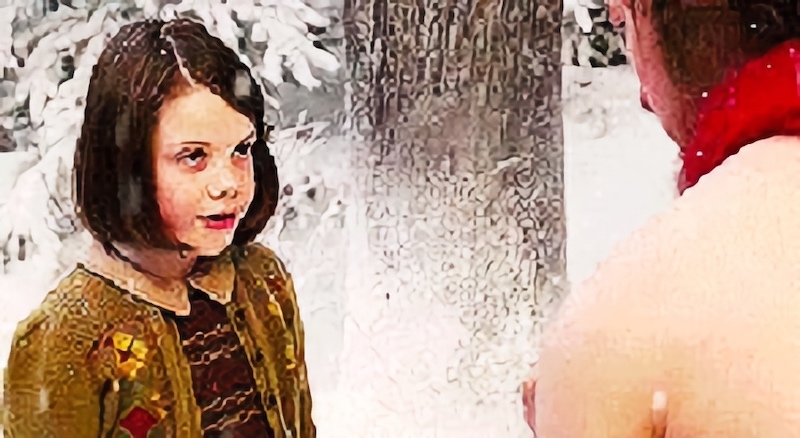
Master Shifu (Kung Fu Panda)
When trying to engage Po in training, Master Shifu is observant about Po’s interests and motivations. He notices Po is motivated by food, and Shifu uses that to train Po. In a similar way, OTs must be aware of their client’s motivations and must be observant during sessions.
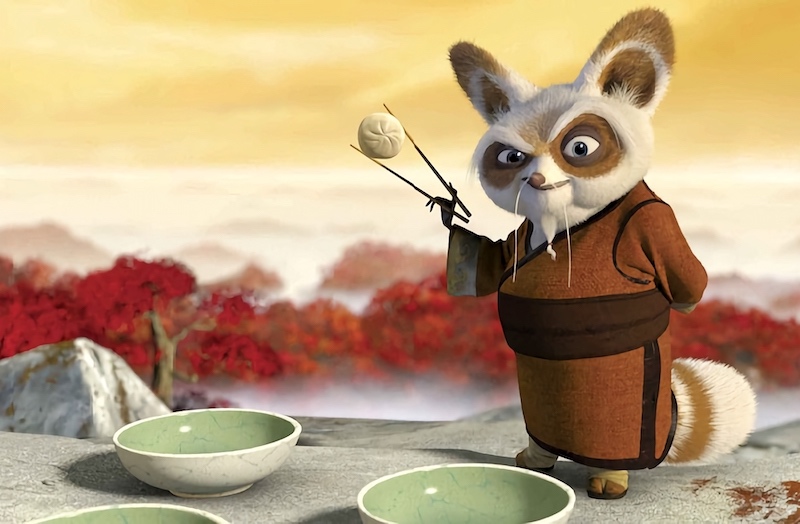
Oliver Wood (Harry Potter and the Sorcerer’s Stone)
We all know the name Harry Potter, but we have to recognize the skill of his first quidditch captain. Oliver Wood has the teaching and communication skills to break down a wizard sport to someone who had never heard of it before. He would be able to explain activities to his OT clients easily, and he could perhaps add some magic to the mix and make sessions even more exciting.

Mulan (Mulan)
Mulan is known for how she can look at a problem from a different angle, whether it’s climbing up a pole using weights that were supposed to make the task more difficult, or whether it’s causing an avalanche, she has an ability to find new uses for objects. Her ability to see things from unique perspectives to solve problems creatively will benefit her in OT practice.
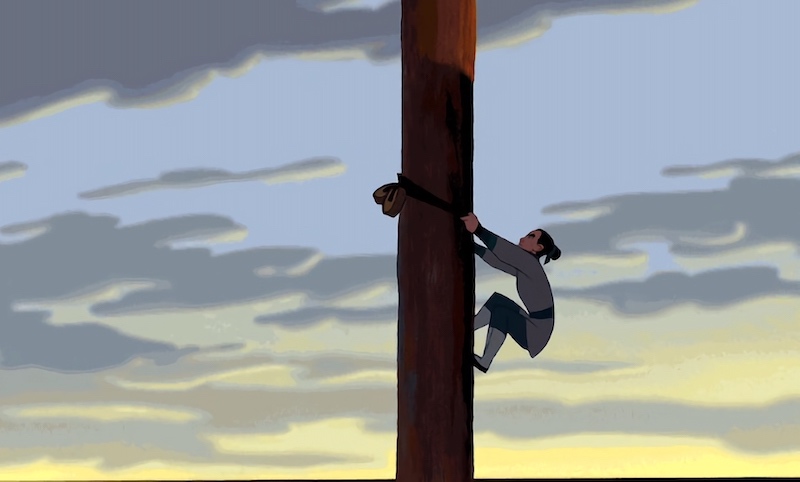
Hiccup (How to Train Your Dragon)
When working with a wild dragon, Hiccup demonstrates incredible patience in building rapport. He is able to deal with the dragon’s frustrations, as he tries to understand where Toothless is coming from. Hiccup is willing to learn how to fly alongside Toothless. If he has this much patience with a dragon, I can only imagine his patience with his OT clients.

Gru (Despicable Me)
Gru has three young girls to take care of, and when he reads them a bedtime story, he takes their love of puppet books into account. He uses his own creativity to tie in their interests and passions into his care. Any OT willing to bond with their client through a nose puppet book is winning.
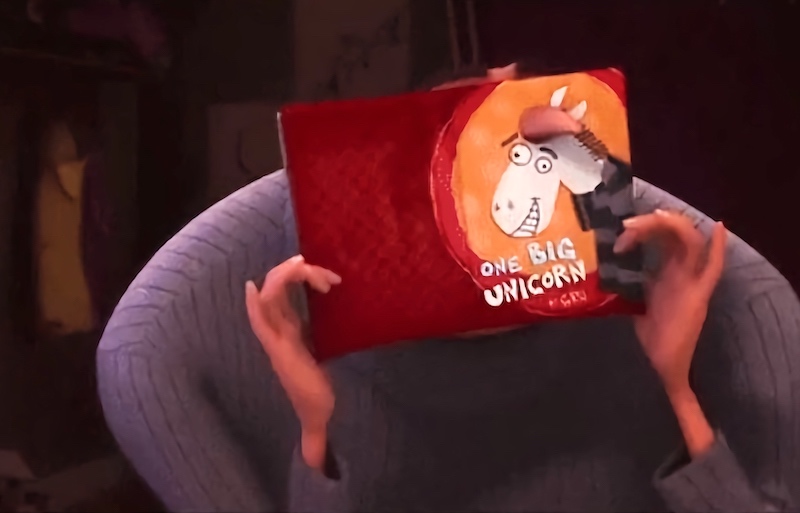
Skeeter Phelan (The Help)
Skeeter uses her writing abilities to capture individuals’ stories and to advocate for what they need and deserve. In a similar way, Skeeter could use her abilities as an OT to create carefully worded and carefully spell-checked writing and documentation to advocate for services for their clients and to document their progress.

Elastigirl (The Incredibles)
This supermom is literally and metaphorically flexible. She can stretch herself, literally, to vacuum under the couch and to parachute off a plane. She is also flexible in adapting her approaches to how she handles parenting and how she handles saving the world. Her flexibility will help her as an OT in adjusting to clients’ needs or even clients’ mood.

Mary Poppins (Mary Poppins)
How did this nanny make a name for herself? Her ability to engage her wards in chores they originally don’t want to do by making hard work fun. She hums her tunes and draws them into activities by building rapport and being creative, qualities that will make OT sessions easy for her.
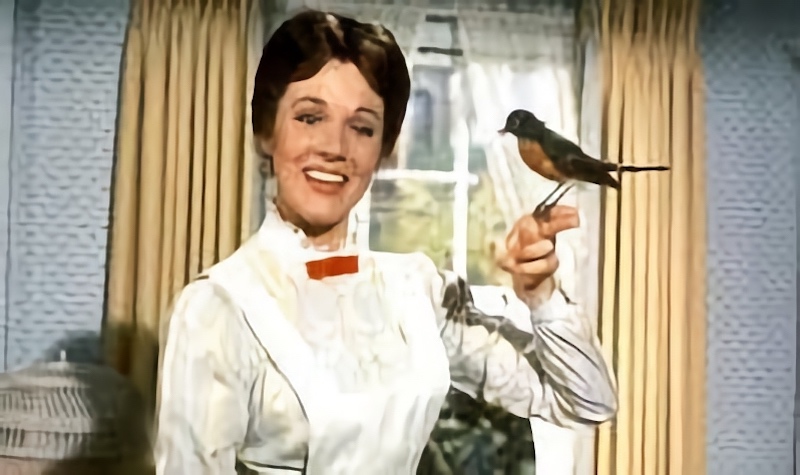
Captain America (The Avengers)
Cap is known for how he works as a team player in a group with people of different strengths. During the final battle, he directs each of his teammates to where they are needed and where they can best help. On an interprofessional team as an OT, Captain America would understand everyone’s unique perspectives and roles and how to collaborate to best serve the client.
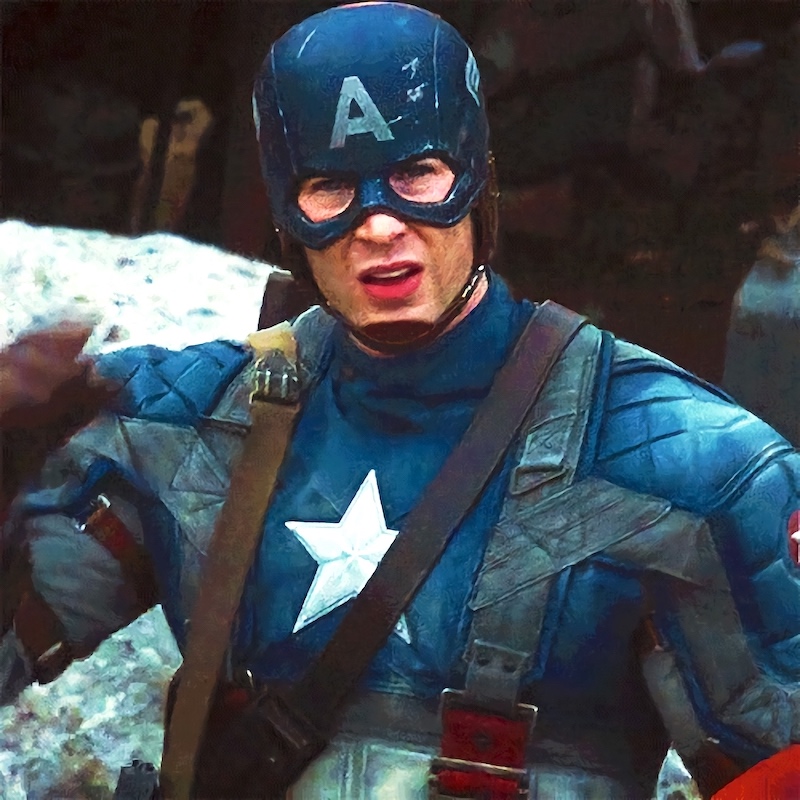
What incredible role models! There are so many important qualities that go into making a good OT. My goal is to keep pursuing OT driven by compassion and to continue to build the rest of these skills along the way.
⋯
Next by tag What are OS/OT? ⟩
⋯





